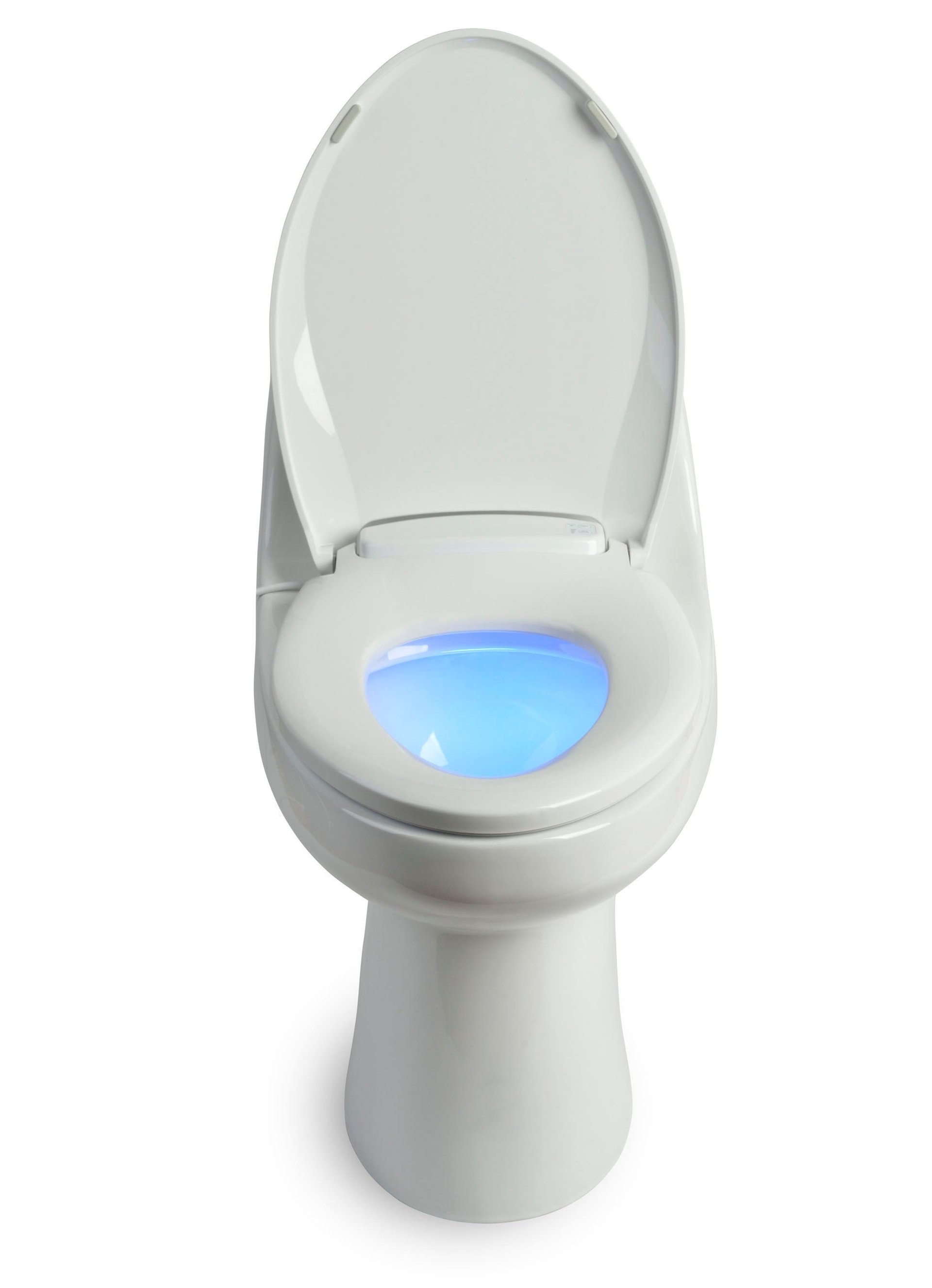Women senators hit the porcelain ceiling as a bill for more bathrooms circles the drain
Following the Nov. 6 US elections, there are now an unprecedented 20 women in the Senate, up from 17. This has led to what you might call a good problem: There aren’t enough women’s bathrooms in the Senate building, because the rise of women in power has outpaced Congress’ plumbing budget. Women are actually excited about this. Hence this adorable tweet from Claire McCaskill, Democratic Senator from Missouri:


Following the Nov. 6 US elections, there are now an unprecedented 20 women in the Senate, up from 17. This has led to what you might call a good problem: There aren’t enough women’s bathrooms in the Senate building, because the rise of women in power has outpaced Congress’ plumbing budget. Women are actually excited about this. Hence this adorable tweet from Claire McCaskill, Democratic Senator from Missouri:
Never have people been so giddy about having to cross their legs to wait for a stall. On the same day, Minnesota Senator Amy Klobuchar (Democrat) echoed McCaskill’s tweet: “For the first time, there was a traffic jam in the Senate women’s bathroom. There were five of us in there, and there are only two stalls.” (I don’t know how many men’s toilets there are in the Senate, because a Google search for “how many men’s bathrooms in Senate” only yielded results about “wide stance.”)
For the moment, it’s fine to view this plumbing problem as a triumph for women, but the Senate had better call a good contractor quick, or the Senate women might be forced to stage a movement to “Occupy” the men’s toilets, as some women in China did earlier this year.
There is currently a US congressional bill in the pipes called HR [House Resolution]1361: Restroom Gender Parity in Federal Buildings Act (112th Congress), which is exactly what it sounds like: a proposal to require that the number of ladies’ loos in federal buildings be equal to or greater than the number provided for the gents. According to govtrack.us, this bill got stuck somewhere between the stages “referred to committee” and “reported by committee,” and that was back in April 2011. The site says, “This bill has a 2% chance of being enacted.”
Part of the reason for the negative prognosis is that this bill is a re-introduction of an earlier draft, HR 4869 of the 111th Congress from 2010, which didn’t seem to get very far, and it’s not hard to see why when you look at the transcript for the hearings. Even when people were trying to be serious, there is no neutral vocabulary to describe waste elimination. For example, it’s hard to tell whether Yvette Clarke, Representative from New York (Dem.), is trying to be inspiring or not:
[I]t will be a major leap forward so that young girls coming up today will not be conditioned in a way that I was to have to hold it every time we are in an environment where the line is so long and risk impairing our health.
A large number of men spoke out in favor of the bill, too, including Steve Cohen, Representative from Tennessee (Dem.), but they did nothing to add to the gravitas. He’s clearly trying to speak up for women’s rights but he ends up sounding a little sexist anyway:
[T]he fact is, thankfully, more women care about their appearance than men do, and so there is more time, and I’m thankful that occurs.
Then there was some ontological debate about whether a urinal was a toilet. Darrell Issa, Representative from California (Rep.), tried to be helpful:
In checking on this, that Federal ratio, oddly enough, didn’t count urinals. So the GSA [General Services Administration] setup is basically one to one if you count urinals, two to one if you don’t count urinals. So it is a little ambiguous, and it’s one of the things we hope to resolve.
There are a couple of places in the transcript where people are tiptoeing around the unmentionable part of a woman’s month. It’s clearly important to the discussion, but no one wants to come out and say it. Rep. Clarke tries to rush in where several speakers before her have feared to tread:
As we stated, women have extraordinary circumstances that oftentimes men don’t have.
In all seriousness, the inability to talk about this issue may be what kills this type of bill.